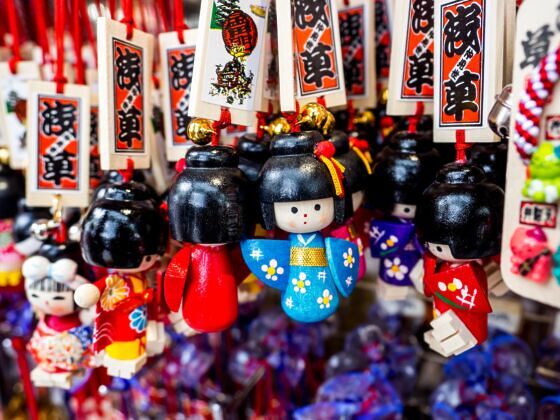When I took my then-one-year-old daughter to Japan last year, I was already very accustomed to people stopping and telling me I have a cute baby. That didn’t prepare me for just how often we would hear that statement in Tokyo and Kyoto — so often, in fact, that the Japanese word for cute, kawaii (pronounced similar to the Hawaiian island), was quickly one of the first Japanese words I learned. Single guys, women, even groups of kids from elementary age to high school seemingly never held back when it came to a passing compliment of “totemo kawaii!”


Understanding Japan’s Cuteness Culture With the Founder of the ‘Cute Studies’ Academic Field in Tokyo
Cuteness is ingrained throughout Japanese life, from animal cafes and cartoons to Hello Kitty on construction signs. On the latest episode of the Matador Network podcast No Fixed Address: The World’s Most Extraordinary People, host Michael Motamedi travels to Tokyo to speak with Joshua Paul Dale, Ph.D., a professor at Tokyo’s Chuo University, founder of the academic field of cute studies, and author of the book How Cuteness Wired our Brains and Changed the World.
Cuteness, Dale explains on the podcast, is universal. Studies have shown that seeing something cute — whether that’s a puppy, a baby, a drawing, or anything else — releases oxytocin, prepares people for empathetic and highly social interactions, and increases fine motor control. What is deemed cute differs slightly from place to place and person to person. That said, there are a few commonalities across cultures like big eyes, round foreheads, and chubby cheeks (collectively called the “baby schema”).
Dale and Motamedi meet in Tokyo’s Harajuku neighborhood, what they call the “epicenter” of Japan’s kawaii culture. Dale first came to Tokyo in the early ‘90s. At that time, Harajuku was filled with bands and dancers every Sunday. Dale was more interested in the avant garde side of Japanese art and performance — particularly butoh dancers where performers shave their heads and paint themselves white.
“And then about 10 years ago, I just began to notice that there’s all this cute stuff around,” Dale says on the podcast. Kawaii was increasingly in the public sphere, from “cutified” police officer statures to rainbow-toting Hello Kitty signs taking the place of road construction barriers.
“It was just a new way of intervening in public space by giving people something that they enjoyed while telling them that they couldn’t go somewhere or they couldn’t do something,” Dale explains. He adds that “the way that cute culture has developed in Japan as compared to the United States is distinctly different.”
To hear the full conversation and hear how cuteness culture has shaped our lives, consumerism, and even the animals we call pets, listen to the episode on Spotify, Apple Podcasts, or your favorite listening app.